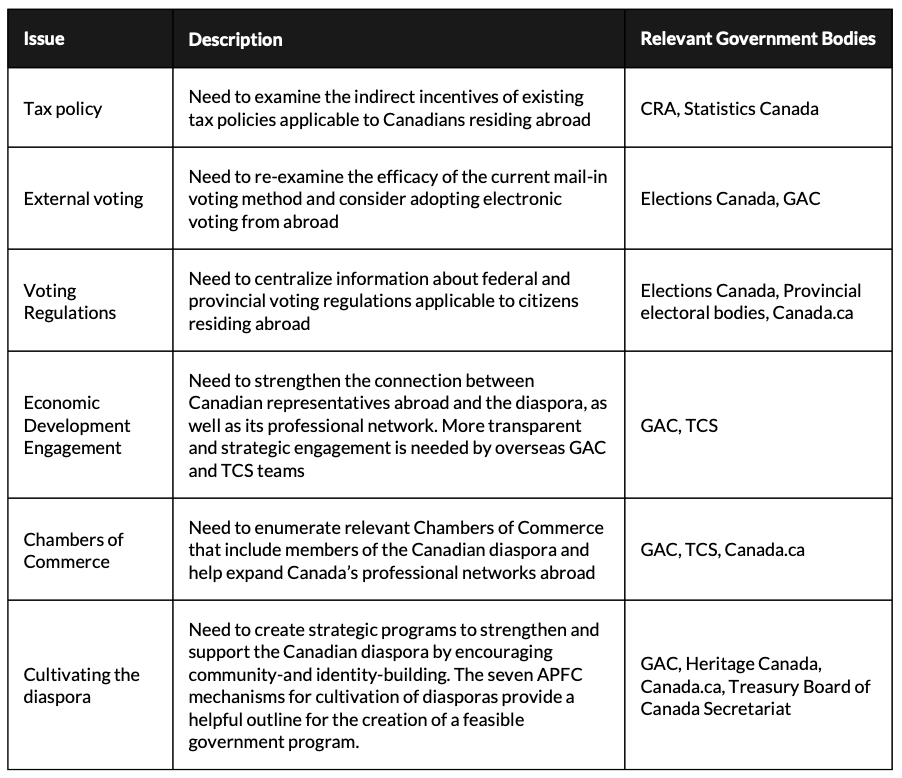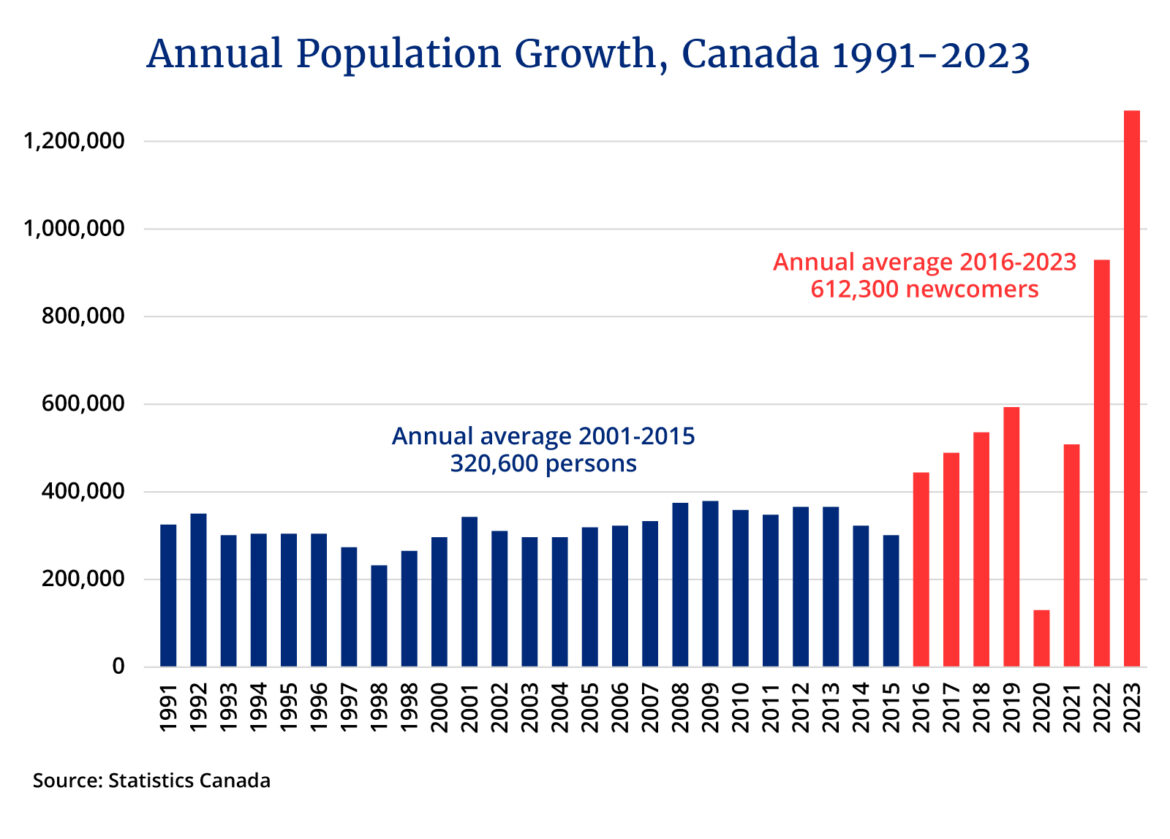Paul: PEN America Has Stood By Authors. They Should Stand By PEN.
2024/04/30 Leave a comment
Agreed. Money quote: “I prefer to stand by PEN America and by all its members, though perhaps quite now, who would wish to see PEN’s mission upheld and strengthened rather than dismantled. Who does it really serve to keep tearing things down?”
All strong institutions stand to benefit from internal dissent and external pressures. But too often, recent efforts to reform institutions have meant reconstituting them in ways that distort or fundamentally undermine their core mission.
Nonprofit organizations, governmental agencies, university departments and cultural institutions have ousted leaders and sent their staffs into turmoil in pursuit of progressive political goals. In the wake of the 2016 election and the 2020 murder of George Floyd and in a rush to apply sweeping “In this house we believe” standards unilaterally, organizations have risked overt politicization, mission drift, irrelevance and even dissolution. And now the war in Gaza is ripping its way across American universities.
The latest target is PEN America, a nonprofit organization dedicated to free expression by journalists and authors. Last week, after an increasingly aggressive boycott campaign by some of its members, PEN canceled its annual World Voices Festival, which was conceived by Salman Rushdie and was to mark its 20th anniversary in May. This followed a refusal by several writers to have their work considered for PEN’s annual literary awards. The ceremony awarding those prizes was also canceled.
An open letter sent to PEN America’s board and trustees and republished on Literary Hub, now the de facto clearinghouse for pro-Palestinian literary-world sentiment, accused the organization of “implicit support of the Israeli occupation” and of “aiding and abetting genocide.” It demanded the resignation of PEN’s longtime C.E.O., Suzanne Nossel, and current president, Jennifer Finney Boylan. According to its 21 signatories, mostly up-and-coming authors, “among writers of conscience, there is no disagreement. There is fact and fiction. The fact is that Israel is leading a genocide of the Palestinian people.”
In response and in keeping with its mission of independence and free expression, PEN America accepted the writers’ willingness to voice their conscience. It has also made clear that there is room for more than one point of view on what constitutes genocide and on the current conflict in Gaza.
“As an organization open to all writers, we see no alternative but to remain home to this diversity of opinions and perspectives, even if, for some, that very openness becomes reason to exit,” PEN America stated in an open letter to its community.
That doesn’t mean PEN’s critics are without a point. I have also heard dissent from inside PEN that the organization has not been as strong in its advocacy for Palestinian writers since Oct. 7 as it has been for Ukrainian writers since the Russian invasion. I have seen internal letters describing this disparity in detail. Those grievances may well be legitimate, and PEN should respond appropriately, advocating on behalf of all writers caught up in conflict, repression and censorship, regardless of geopolitical circumstance.
But for those advocating that PEN America reform itself in the service of a single political agenda, the organization’s efforts to accommodate a range of views count against the organization. “Neutrality,” the authors of the most recent letter contend, “is a betrayal of justice.” Nothing short of total capitulation will serve their purpose. And they are conducting an intimidation campaign among other members and authors to join their ranks or shut up about it. According to PEN leaders, writers have expressed fear in openly supporting the organization in the onslaught of this latest campaign.
Since 2006, I’ve been one of PEN America’s 4,500-plus members, which includes writers, journalists, activists and professionals involved in the world of letters. I joined well before I joined The Times, after the publication of my second book, a liberal critique of the effects of online pornography, which met with a certain amount of pushback. As a freelance journalist and author who covered politically sensitive topics, I appreciated the protection PEN America offered. PEN takes a firm stand, for example, against online abuse, something every working journalist today experiences to one extent or another. PEN is also firmly committed to fighting book bans in schools, libraries and prisons, something that grew increasingly relevant to me when I became the editor of The New York Times Book Review.
Of course, these conflicts are minor compared with a war in which lives are at stake. But whatever my personal views on the Middle East, I don’t expect or even want all its members to conform to my brand of politics.
PEN brooked dissent before. In 2015 it honored the French satirical magazine Charlie Hebdo after its members were brutally attacked and in spite of opposition from some of its members. I appreciate that the organization has named a prominent transgender writer and activist as its president even if I do not share all her views when it comes to gender politics. I don’t have to agree with everything PEN does; in fact, I prefer that I don’t agree, because that opens me up to protection in kind from members who may not agree with me on all issues.
Even if we’ve grown inured to organizations losing their way under political pressure, we shouldn’t be indifferent to the potential consequences. Especially now that there are so few truly independent organizations left.
According to its charter, PEN “stands for the principle of unhampered transmission of thought within each nation and between all nations, and members pledge themselves to oppose any form of suppression of freedom of expression in the country and community to which they belong, as well as throughout the world wherever this is possible.” I prefer to stand by PEN America and by all its members, though perhaps quiet now, who would wish to see PEN’s mission upheld and strengthened rather than dismantled. Who does it really serve to keep tearing things down?
Source: PEN America Has Stood By Authors. They Should Stand By PEN.



